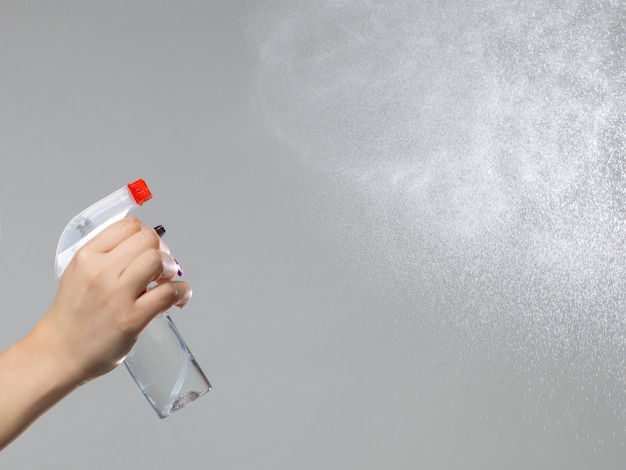
Top HVAC Cleaning Experts Smoke Damage Restoration Solutions
Smoke damage can have a significant impact on both residential and commercial properties, often leading to long-term damage if not addressed promptly. HVAC systems, in particular, can suffer from soot buildup and compromised air quality, necessitating professional cleaning and restoration solutions. Effective smoke damage restoration not only involves cleaning visible soot and debris but also addressing lingering odors and potential contaminants within HVAC systems. This article delves into expert strategies and solutions for HVAC cleaning and smoke damage restoration, providing insights into maintaining a safe and healthy environment.
Understanding Smoke Damage in HVAC Systems
Smoke damage within HVAC systems can occur due to several factors, including residential fires, wildfires, or even nearby industrial activities. The impact on HVAC systems can be severe, resulting in:
- Accumulation of soot and ash within ducts and filters.
- Decreased air quality due to lingering smoke odors.
- Potential health risks from inhaling contaminated air.
- Reduced efficiency and lifespan of HVAC components.
Proper cleaning and restoration are critical to mitigate these issues and restore optimal functionality. Read more about this topic.
Key Steps in Smoke Damage Restoration for HVAC Systems
Initial Assessment and Inspection
The first step in addressing smoke damage is a thorough inspection of the HVAC system to determine the extent of the damage. This involves:
- Identifying areas with heavy soot accumulation.
- Assessing the condition of filters and ductwork.
- Evaluating the presence of smoke odors.
This assessment helps in formulating a customized restoration plan. Explore further insights here.
Comprehensive Cleaning Process
Following the assessment, a comprehensive cleaning process is essential to remove soot, ash, and odors from the HVAC system. This involves:
- Using specialized equipment to clean ducts and vents.
- Replacing or cleaning air filters to ensure improved air quality.
- Applying deodorizing agents to eliminate persistent smoke odors.
Professional technicians often employ advanced techniques to ensure thorough cleaning. Learn more in this detailed guide.
Post-Cleaning Evaluation and Maintenance
After cleaning, a post-evaluation is conducted to ensure the effectiveness of the restoration efforts. Recommendations for ongoing maintenance may include:
- Regular inspection and cleaning of HVAC components.
- Routine replacement of air filters.
- Monitoring for any signs of residual odors or contaminants.
Consistent maintenance helps in prolonging the life of the HVAC system and maintaining a healthy indoor environment. Find additional information here.
Choosing the Right Smoke Damage Restoration Experts
Selecting experienced professionals for HVAC cleaning and smoke damage restoration is crucial. Factors to consider include:
- Certification and experience in handling smoke damage.
- Use of state-of-the-art equipment and techniques.
- Positive customer feedback and reviews.
Checking customer reviews can provide valuable insights into the quality of service. Check out customer reviews here.
In conclusion, effective HVAC cleaning and smoke damage restoration require a comprehensive approach, from initial assessment to thorough cleaning and ongoing maintenance. By understanding the impact of smoke on HVAC systems, property owners can make informed decisions and ensure a safe, healthy indoor environment.